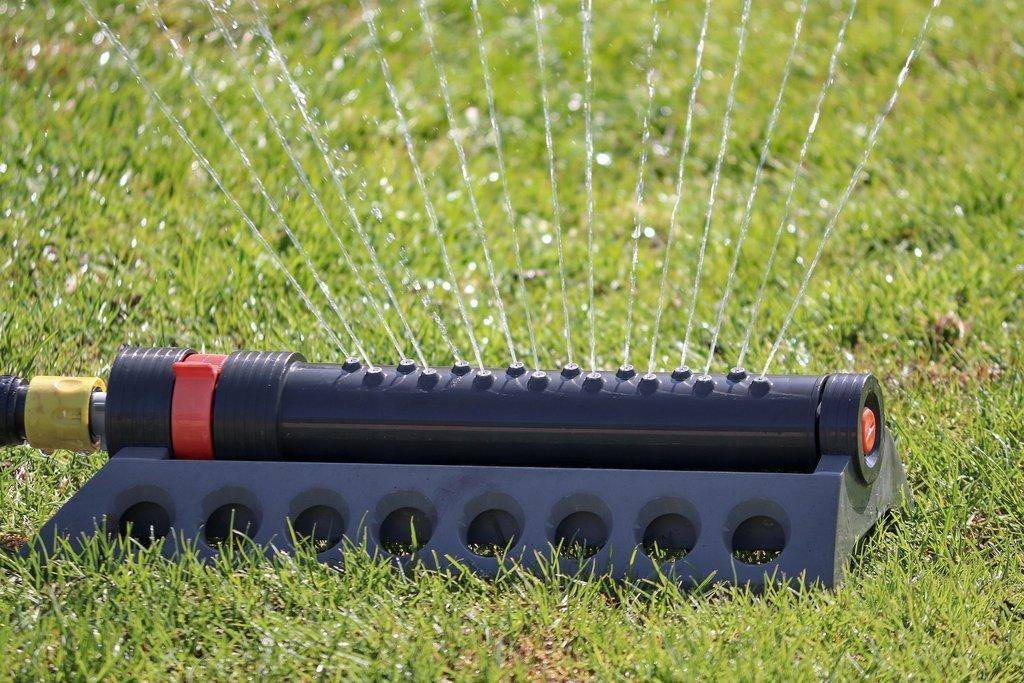By Julene Reese
With a dry summer predicted, drought concerns prompting a state of emergency for Utah and water restrictions already in place in many areas, it is more important than ever that Utah citizens are conscientious about their water use.
According to Kelly Kopp, Utah State University Extension water conservation and turfgrass specialist, Utah is the second driest state in the nation based on average annual precipitation, yet among the top in per capita users of water. In addition, urban landscape irrigation accounts for as much as 65% of the annual municipal water use, and much of it is applied in excess of the plant’s needs.
“Not only is this a tremendous resource waste, especially in a drought year, but water lost through overspray can cause substantial damage to hardscapes such as decks, patios, fountains and decorative concrete,” she said.
Kopp said scheduling irrigation according to plant water needs can reduce excess water use. In addition to conserving water, proper irrigation can encourage deeper root growth and healthier, more drought-tolerant landscapes.
She said because of the drought, some areas of Utah are currently recommending that home and business owners irrigate just twice a week.
“We generally recommend putting out ½ inch of water with each irrigation, so irrigating twice per week equates to 1 inch of irrigation per week,” she said. “It will be tempting to water more, but that is plenty of water to keep grass alive. Though it will likely go dormant for a period of time, dormancy is a normal turfgrass biological process, and it will recover as temperatures cool in the fall.”
Kopp said sprinkler head type determines timing and cycling when irrigating.
| Head Type | Precipitation Rate | Run Time for 0.5” | Cycling Rec. |
| Spray Head | 1.3-2.0” | 23-15 min | 3 cycles (8 or 5 min) |
| Rotor Head | 0.4-1.0” | 75-30 min | 3 cycles (25 or 10 min) |
| MSMT Head | 0.4-0.6” | 75-50 min | 3 cycles (25 or 17 min) |
“There have been recommendations to plant water-wise landscapes to save water, which is a good idea, but now is not the time to plant,” she said. “Wait until fall when it’s cooler since we don’t have the water to establish new landscapes right now. We all need to conserve in every way possible so that we have enough water for agricultural irrigation.”
Kopp shares these landscape irrigation best practices:
* Do not rely on a sprinkler clock or irrigation controller to irrigate lawns on a set schedule. Instead, determine when the lawn actually requires irrigation and manually activate the system as needed.
* Small areas of the lawn can brown during hot weather because of variations and inefficiencies in sprinkling systems. Instead of increasing the amount of time the entire sprinkling system irrigates, supplement water to the brown areas with a small hose-end lawn sprinkler or water by hand with a hose.
* Mow the lawn to a height of at least two inches. This allows roots to penetrate deeper into the soil and increases overall drought hardiness.
* Irrigate shady and sunny areas according to need. Shady areas require much less irrigation than sunnier areas.
* Cover bare soil in the garden and flower beds with 2-3 inches of mulch. Not only does this save water, it greatly reduces the need for weeding. Inexpensive mulch can be obtained from many local green waste recycling centers. Grass clippings also work well and are free.
* Hand-water or use drip irrigation to irrigate flowerbeds, vegetable gardens and shrub beds. Water should be placed in plant’s root zones and penetrate the soil six inches deep for flowers and vegetables, and two feet into the soil for established trees and shrubs.
Further resources and information about conserving water in the landscape can be found at drought.usu.edu and cwel.usu.edu.

